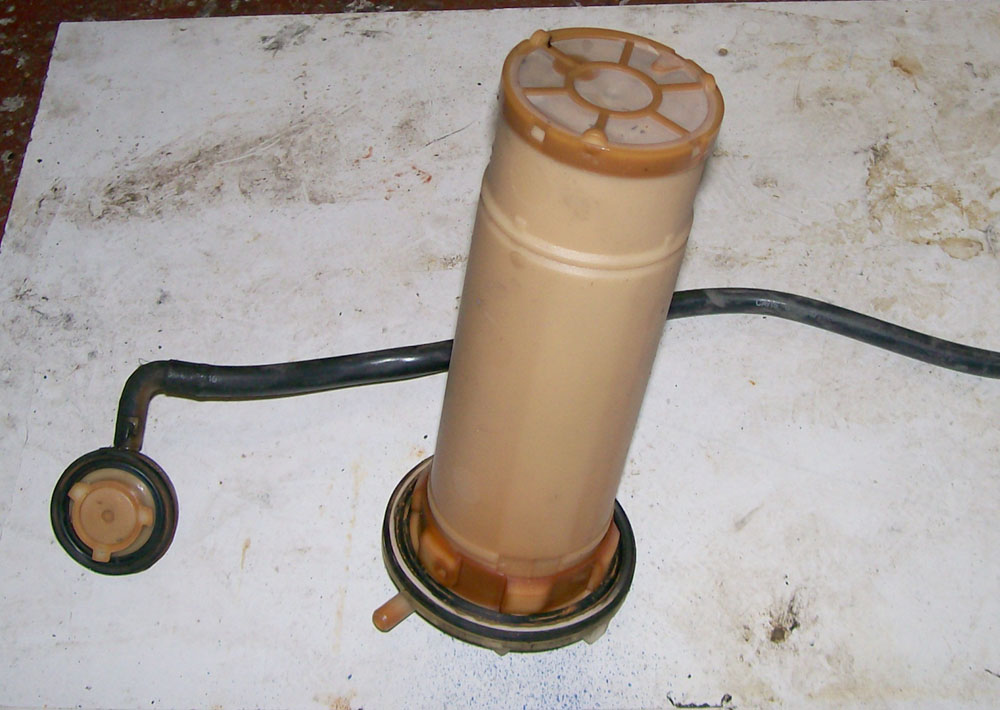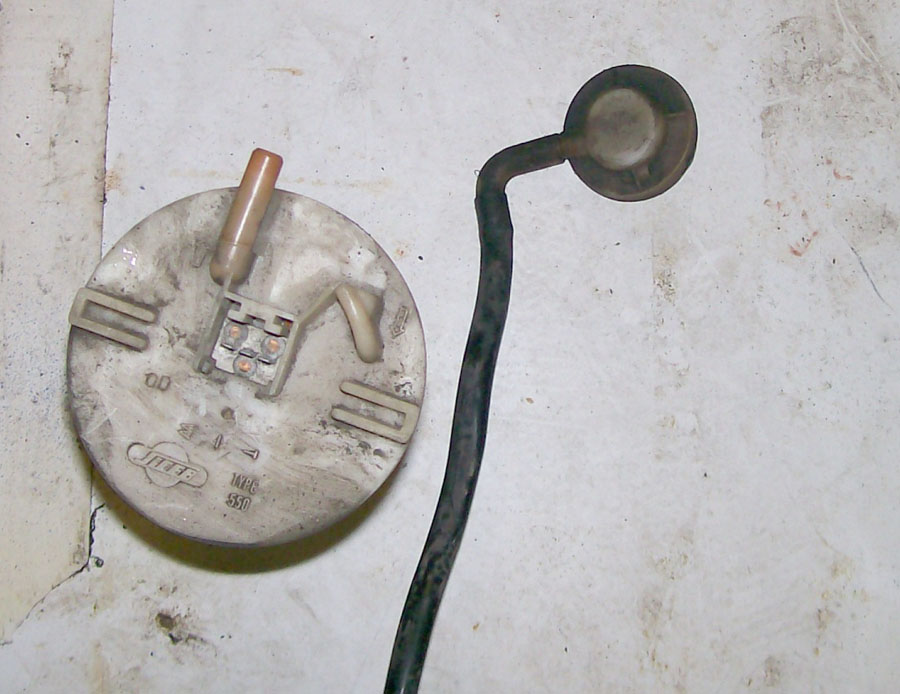- Joined
- Feb 16, 2005
- Messages
- 5,983
- Points
- 988
Have you capped off where the evap cannister used to fit?
You may be getting pressure build up in the circuit if there is no vent at all. Try running with the filler cap off, or make a hole in a spare filler cap that lets the tank vent.
DO you hear any gushes or gurgles when you remove the filler cap after a long run?
If you are not using the evap, as you've said, you may need to install a valve to allow pressures to regulate.
http://www.thinkauto.com/onewayvalves.htm
Kristian
You may be getting pressure build up in the circuit if there is no vent at all. Try running with the filler cap off, or make a hole in a spare filler cap that lets the tank vent.
DO you hear any gushes or gurgles when you remove the filler cap after a long run?
If you are not using the evap, as you've said, you may need to install a valve to allow pressures to regulate.
http://www.thinkauto.com/onewayvalves.htm
Kristian




